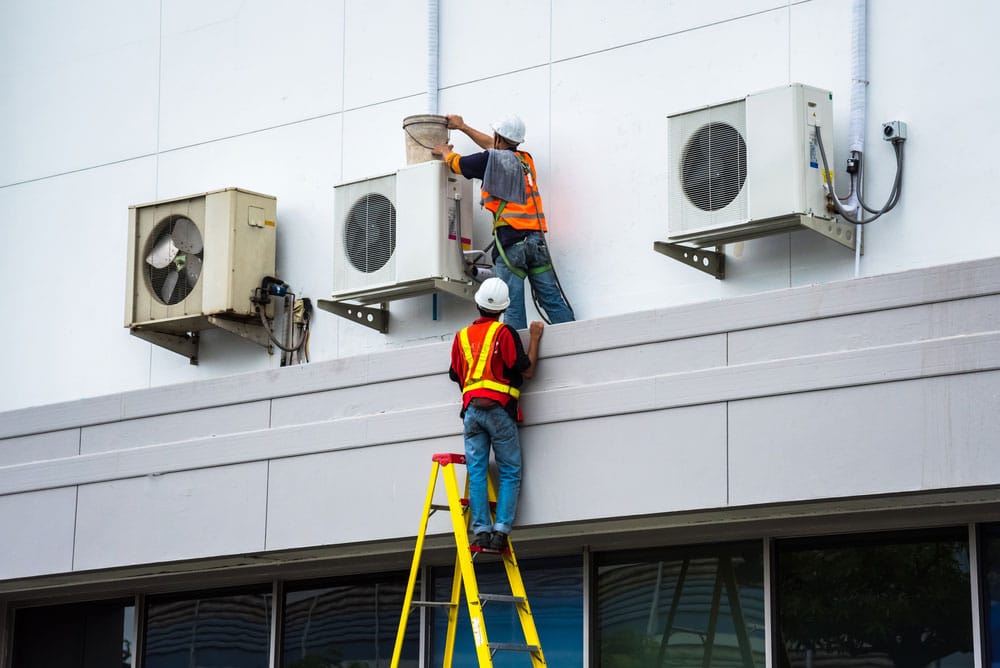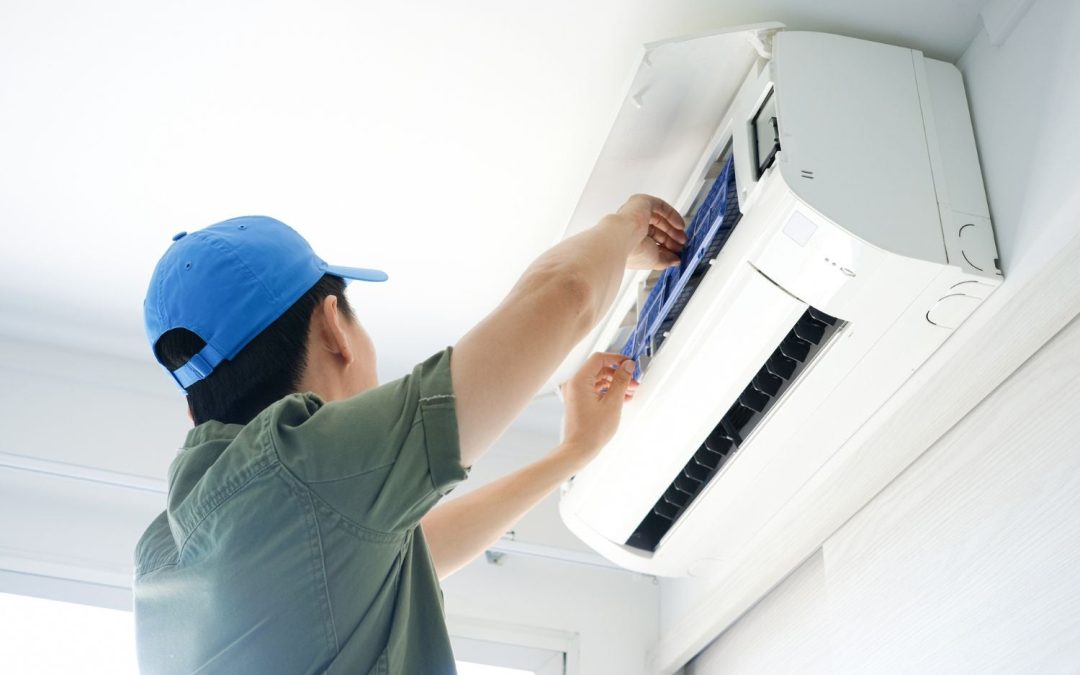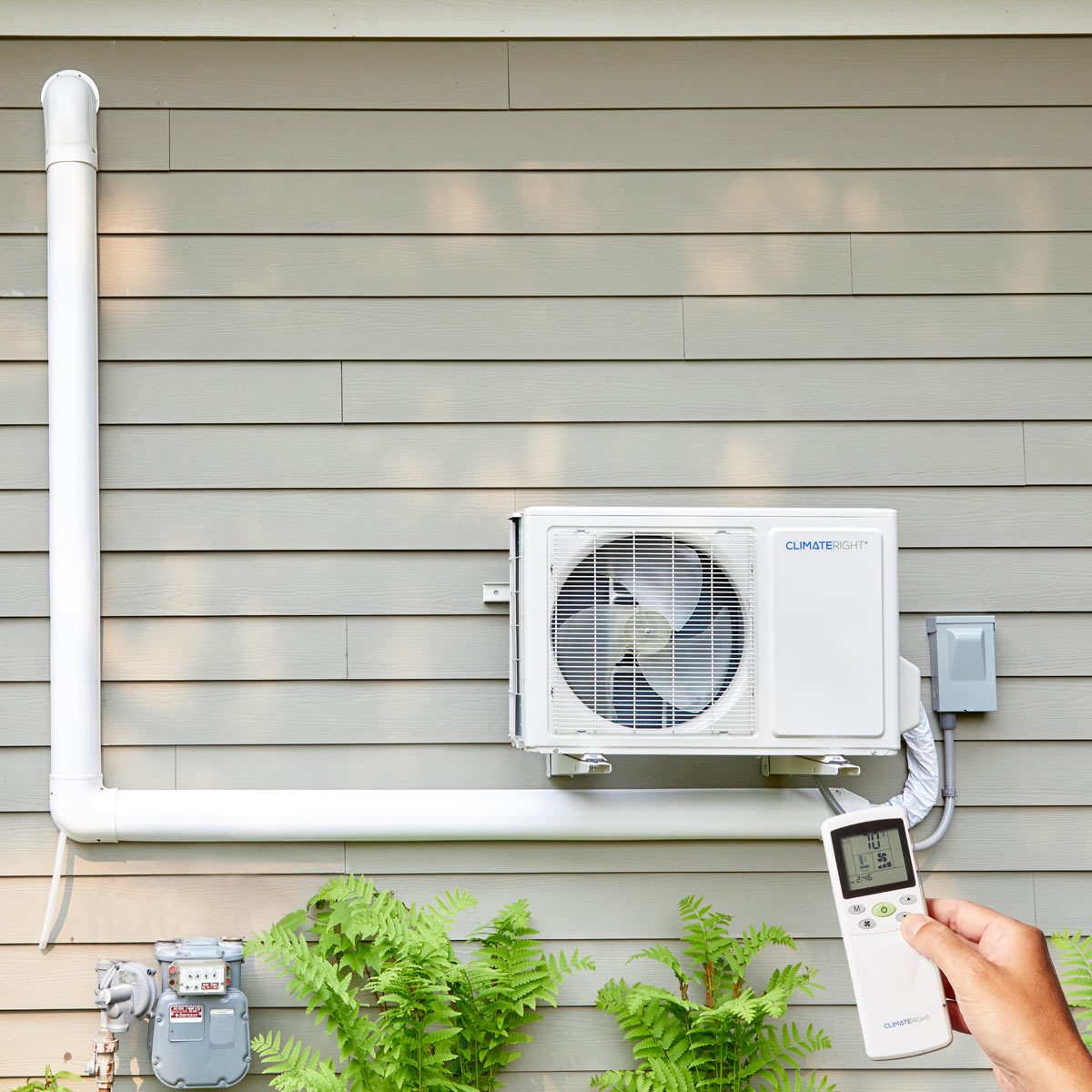Taking into consideration the complexities of cooling old houses, cooling installment for historic homes positions peculiar predicaments.
Exactly how can you maintain the honesty of period properties while making certain top-notch indoor convenience?
Unwind the enigmatic interaction between modern cooling benefits and timeless building treasures in the complying with discussion.
Secret Takeaways


- Preserve historic charm with appropriate materials and expert assistance.
- Update electric systems for contemporary a/c compatibility and security.
- Discover portable cooling options like mini-split or high-velocity systems.
- Enhance energy effectiveness via insulation, clever thermostats, and upkeep.
Historic Factors to consider
When taking into consideration the setup of a/c in a historic home, it's important to understand the distinct historical facets of the home. Restoration obstacles usually develop when trying to mix modern comfort with preserving the historical integrity of the home. The architectural impact of mounting cooling should be very carefully evaluated to ensure that the system doesn't detract from the home's initial design.
Maintaining the historic charm of a home while updating its facilities can be a fragile balance. Reconstruction challenges may include discovering means to hide ductwork, finding very discreet areas for the exterior system, or adjusting the system to fit within the existing building restrictions. It's vital to deal with specialists experienced in historical home improvements to navigate these obstacles efficiently.
The building effect of adding a/c can be considerable. Cautious factor to consider has to be offered to exactly how vents, thermostats, and various other elements will certainly blend with the home's visual. Making sure that the installation does not endanger the historic integrity of the home is vital when carrying out such a task in a historic home.
Reviewing Electrical Solutions
To guarantee an effective setup of a/c in a historic home, reviewing the compatibility and capability of the existing electric systems is necessary. Prior to waging the installment, it's important to analyze whether the electrical system can manage the additional tons that the air conditioning system will present. Sometimes, updating the voltage of the electric system may be necessary to make certain it can power the brand-new air conditioning system effectively.
System compatibility is another key variable to assess when assessing the electric arrangement of a historical home. Older electrical systems may not be compatible with modern cooling units, which can bring about breakdowns or even present safety and security risks. Guaranteeing that the electric system is compatible with the brand-new air conditioning tools will assist protect against any prospective issues down the line.
Space Restrictions and Ductwork Options
When dealing with minimal room in your historical home, you could intend to explore ductless mini-split systems or high-velocity a/c systems as viable alternatives. These systems can offer reliable air conditioning without the demand for considerable ductwork, making them appropriate for older residential or commercial properties with room constraints.
Ductless Mini-Split Equipments
Considering room constraints and various ductwork options, ductless mini-split systems use a flexible option for a/c installation in historical homes. These systems give considerable power cost savings contrasted to typical a/c arrangements, as they permit zoning, suggesting you can cool particular areas just when required.
The layout adaptability of ductless mini-split systems is also useful for historical homes, where protecting the initial looks is necessary. Without any ductwork required, setup is much less intrusive, making it a preferred option for older homes with restricted room or where protecting architectural stability is a priority.
Ductless mini-split systems are reliable, personalized, and mix effortlessly into historic insides, using a useful and energy-efficient air conditioning service.

High-Velocity Heating And Cooling Solutions
High-Velocity HVAC systems give a small and effective air conditioning solution for historical homes with limited room and details ductwork demands. When considering these systems for your historic home, below are four bottom lines to keep in mind:
- Mini air duct systems: High-Velocity HVAC systems make use of small air ducts that are much smaller sized in size compared to typical ductwork, making them perfect for homes with space restrictions.
- Portable layout: The portable design of these systems permits simpler installment in older homes where space is limited.
- Effective cooling: In spite of their tiny size, high-velocity systems are capable of supplying reliable cooling throughout your historical home.
- Flexible installation: These systems supply numerous ductwork choices, such as flexible tubing, which can be directed with existing wall surfaces without major renovations.
Power Effectiveness Solutions
To enhance the power effectiveness of your historical home, consider upgrading the insulation and incorporating a clever thermostat. These solutions can assist control indoor temperature levels efficiently and reduce energy usage, guaranteeing an extra sustainable and affordable cooling system for your unique home.
Make these upgrades part of your a/c installation strategy to take full advantage of comfort while lessening environmental effect.
Insulation Upgrades
Upgrading the insulation in your historical home can greatly boost its energy effectiveness and general comfort while protecting its distinct personality and appeal. Take into consideration these crucial techniques for insulation upgrades:
- Examine Home Window Treatments: Setting up energy-efficient window therapies like protected drapes or blinds can help decrease warmth transfer and improve the total performance of your home. https://leytonstoneacinstallation.co.uk
- Boost Roofing System Insulation: Updating roof insulation is necessary for better temperature level regulation within your historical home, assisting to keep it cool in the summertime and warm in the winter.
- Seal Gaps and Cracks: Recognizing and sealing voids and splits in your house's walls, floors, and ceilings can protect against air leakage and enhance insulation effectiveness.
- Take Into Consideration Attic Insulation: Appropriately insulating your attic room can substantially minimize warmth loss and improve the overall energy performance of your home.
Smart Thermostat Combination
Considering the energy-saving benefits of insulation upgrades in your historic home, integrating a smart thermostat can additionally boost your power efficiency services.
Smart thermostats offer exact control over your home's temperature level setups, resulting in substantial power financial savings. By optimizing heating and cooling down timetables based upon your choices and everyday regimens, you can lower power waste and reduced energy costs.
Furthermore, wise thermostats give remote accessibility, allowing you to adjust the temperature settings from anywhere using your smartphone or computer. This function enables you to make sure your home is successfully heated or cooled even when you're away, maximizing convenience while reducing energy usage.
Accepting smart thermostat technology is a practical step towards boosting the power performance of your historical home.
Conservation Strategies for Air Vents
Protecting the integrity of historical air vents is important during the installment of air conditioning systems in older homes. When it concerns maintaining the building authenticity of your historical residential or commercial property while upgrading its comfort, take into consideration the following conservation methods for air vents:
- Remediation Techniques: Implement cautious repair methods to preserve the original layout and material of the air vents, guaranteeing they blend perfectly with the historic aesthetics of your home.
- Get in touch with Experts: Seek advice from experts experienced in historic preservation to assist you on the best practices for keeping the air vents' building integrity.
- Customized Solutions: Check out customized options that accommodate the one-of-a-kind features of your historic air vents, allowing for modern-day upgrades without compromising their original beauty.
- Period-Appropriate Products: Opt for period-appropriate materials when repairing or changing air vents, guaranteeing they straighten with the historic age of your home's design.
Specialist Tips for Successful Installation
When setting up cooling in historic homes, making sure successful setup calls for adhering to expert suggestions for a smooth assimilation with your property's unique features.
Start by carefully reviewing service warranty coverage provided by various HVAC firms to secure your investment in case of breakdowns. Get all necessary authorization needs from regional authorities prior to beginning any kind of setup work to prevent lawful problems down the line.
Spending plan preparation is essential; make certain to make up any unanticipated costs that may occur during the installation process. Furthermore, establish maintenance routines from the outset to keep your brand-new system running successfully for years to come.
Often Asked Concerns
Can A/c Be Set Up in a Historic Home Without Compromising Its Historic Honesty?
Yes, you can install air conditioning in a historic home without compromising its historic honesty. Preservation strategies can be utilized to seamlessly integrate contemporary air conditioning systems while keeping the home's original charm.
By strategically placing ductwork and systems unseen, you can assure that the historical functions remain prominent.
It's feasible to take pleasure in the comforts of cooling in a historic home without sacrificing its one-of-a-kind personality.
Are There Unique Considerations to Bear In Mind When Setting Up Cooling in a Historic Home With Outdated Electrical Solutions?
When updating circuitry in a historical home with out-of-date electric systems, special factors to consider are vital. Conservation techniques should be used to maintain the historic honesty of the residential or commercial property.
It is very important to work with experts that understand the delicate balance between modern-day comforts and protecting the home's unique character.
How Can Ductwork Be Discreetly Mounted in a Historic Home With Limited Area?
When dealing with restricted space in a historic home, you'll need to contemplate discreet style and space-saving services for installing ductwork. To preserve historic preservation while delighting in contemporary ease, check out imaginative ways to tuck air ducts away without endangering the home's aesthetic appeals.

Consider slim air duct choices or consider using existing cavities for duct placement. By blending capability with subtlety, you can ensure a seamless integration of a/c in your historic home.
What Are Some Energy-Efficient Choices for Air Conditioning in Historic Homes?
When searching for energy-efficient alternatives for cooling in historic homes, consider utilizing energy-efficient zoning and miniature split systems. Energy-efficient zoning helps control temperature levels in various areas of your home, saving energy.
Mini split systems are a fantastic option for older homes with restricted area, providing both cooling and warming features. By opting for these remedies, you can keep your historic home comfortable without compromising on power performance.
Exist Specific Preservation Strategies That Should Be Made Use Of for Historic Air Vents During Installment?
When mounting air conditioning in historic homes, conservation strategies play a crucial function. It is very important to make sure that the existing air vents are very carefully integrated into the new system to keep the historic aesthetic of the home.
Verdict
When setting up air conditioning in historic homes, it is very important to ponder the special difficulties such as protecting the home's historical honesty, examining electrical systems, and functioning within room constraints.
By carefully intending and making use of energy-efficient services, you can efficiently install a/c without endangering the personality of your historical home.
Remember to get in touch with specialists for advice and assurance correct preservation techniques for air vents to maintain the beauty and performance of your home.
